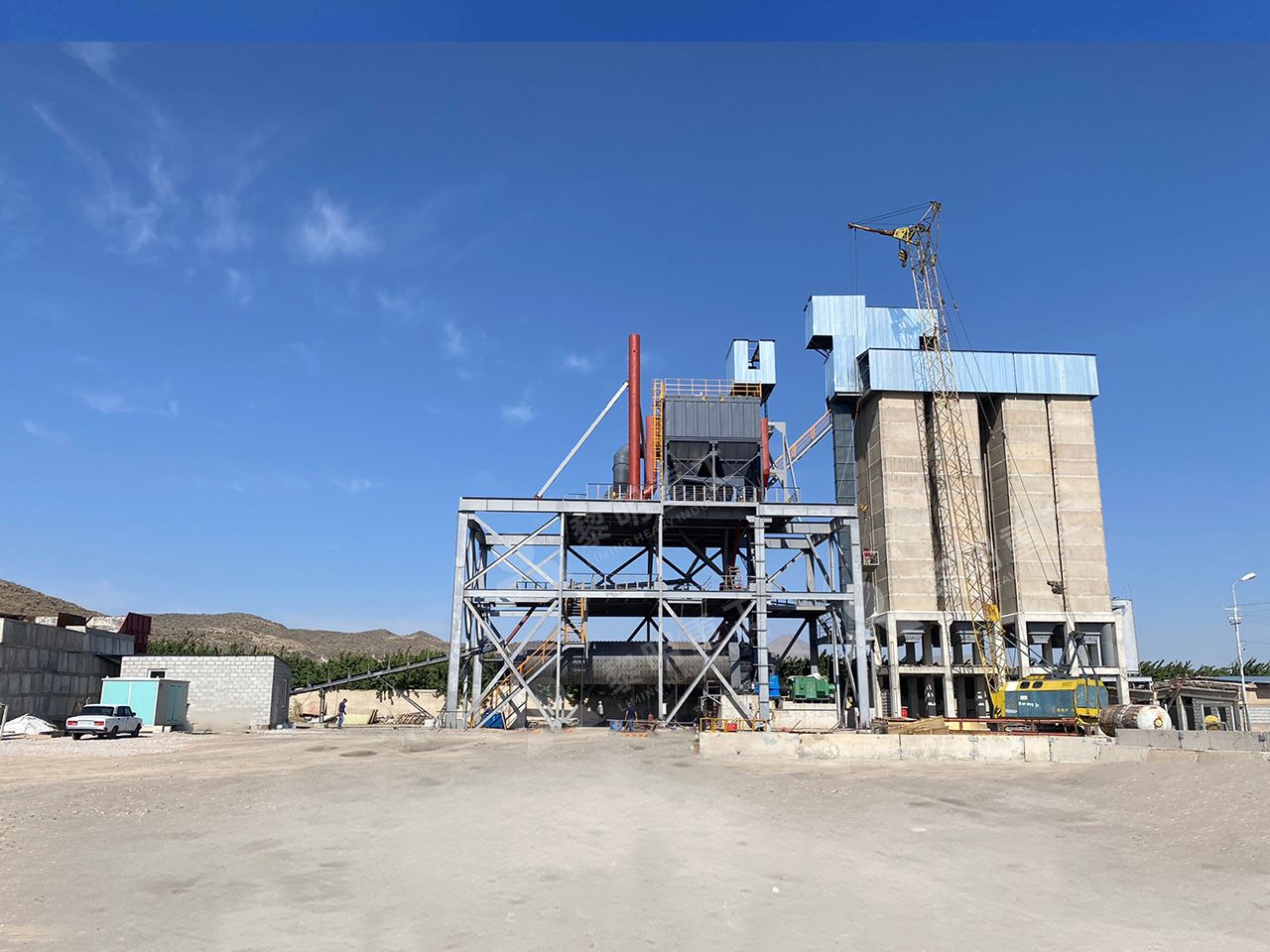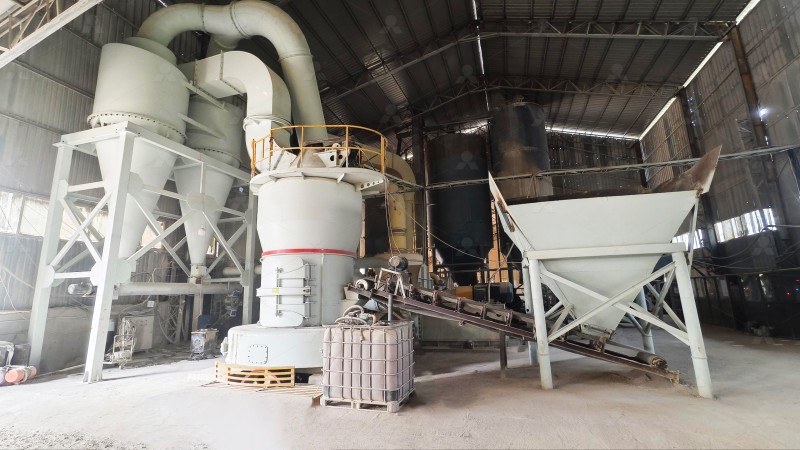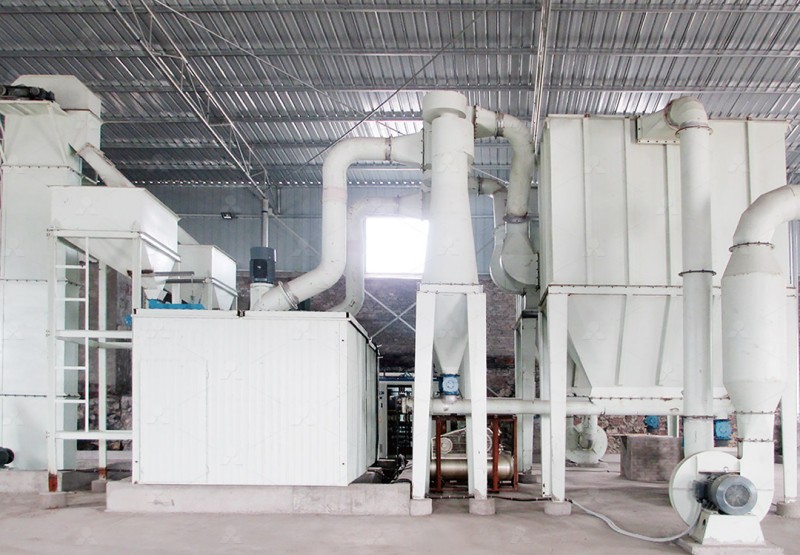Ball Mill Head Crack Repair: Step-by-Step Welding Procedure and Best Practices
We provide a wide range of mills — including Raymond mill, trapezoidal mill, vertical mill, ultrafine mill, and ball mill, obtained ISO9001 international quality certification, EU CE certification, and Customs Union CU-TR certification. Suitable for processing minerals such as limestone, phosphate, quicklime, kaolin, talc, barite, bentonite, calcium carbonate, dolomite, coal, gypsum, clay, carbon black, slag, cement raw materials, cement clinker, and more.
The discharge range of these mills can be adjusted to meet specific processing needs, typically from 80-400 mesh, 600-3250 mesh, and can achieve the finest particle size of up to 6000 mesh(D50).
If you are looking for a reliable grinding solution to turn stone or minerals into fine powder, please feel free to contact our online customer service.
Ball Mill Head Crack Repair: A Practical Guide
Dealing with a cracked ball mill head is a serious issue that can lead to catastrophic failure if not addressed promptly and correctly. As a maintenance superintendant with over 20 years in mineral processing, I’ve seen my fair share of weld repairs – some good, some downright scary. This guide walks you through a proven procedure to get your mill back online safely and reliably.
Step 1: Safety First – Preparation and Inspection
Before you even think about striking an arc, you gotta secure the area. Lock out/tag out the entire mill system. Clean the crack area thorougly – I mean down to bare metal. Use a grinder with a wire wheel or abrasive disc to remove all paint, rust, and contamination at least 2 inches around the crack. This is critical for a sound weld. Then, perform a detailed visual inspection and consider magnetic particle testing (MPT) or dye penetrant testing to find the full extent of the crack. You’d be surprised how far a tiny visible crack can travel internally. Mark the start and end points.

Step 2: Grooving and Beveling the Crack
Now, you need to gouge out the crack. I prefer using an air arc gouger (carbon arc gouging) to remove the damaged material and create a nice, clean U-shaped or V-shaped groove. This ensures you get 100% penetration during welding. Bevel the edges to about 60-70 degrees. The depth of the groove should be until you see solid, uncracked base metal. Don’t skimp here – incomplete removal is the number one reason repairs fail.
Step 3: Preheating – Don’t Skip This!
Ball mill heads are typically made from high-carbon steel or cast steel, which are prone to cracking from rapid cooling. Preheating is NON-NEGOTIABLE. Heat the entire area around the crack evenly to between 250°F and 400°F (120°C – 200°C). Use temperature-indicating sticks or an infrared thermometer to monitor. Preheating slows the cooling rate of the weld, prevents hydrogen-induced cracking, and reduces residual stresses.

Step 4: The Welding Procedure
Use a low-hydrogen stick electrode (like E7018) or a low-hydrogen flux-cored wire. For major repairs on critical components, I always lean towards stick welding for the root passes – it gives you better control. Weld using a stringer bead technique, not a weave. Peen each pass lightly with a needle scaler while it’s still hot to relieve stress. Let the weld cool slowly between passes – don’t let the interpass temperature drop below your preheat temperature. Build up the weld in small, staggered sections to control heat input.
Step 5: Post-Weld Heat Treatment (PWHT) and Finishing
Once welding is complete, it’s crucial to perform a stress relief heat treatment. Wrap the entire head in insulating blankets or use localised heating to slowly raise the temperature to around 1100°F – 1250°F (600°C – 675°C), hold for a specified time (usually 1 hour per inch of thickness), and then cool it down slowly inside the insulation. This step is vital for long-term durability. After cooling, grind the weld flush and perform a final NDT inspection to ensure the repair is sound.
Best Practices and Considerations
- Know Your Material: Get the mill manufacturer’s spec sheet for the head material and follow their welding procedure specification (WPS) if available.
- Control Heat Input: Too much heat can warp the head and create new problems.
- Consider a Welding Engineer: For complex or large cracks, consult a professional. This ain’t the place for guesswork.
- Root Cause Analysis: Figure out why it cracked. Was it fatigue? Overloading? Improper operation? Fix the root cause, or you’ll be back here in six months.
Thinking Long-Term: A More Reliable Solution
While a proper weld repair can restore integrity, it’s always a temporary fix on a component under constant cyclical stress. For operations looking to eliminate this headache altogether, consider upgrading your technology. Older ball mills, while workhorses, are notoriously inefficient and maintenance-intensive.
For finer grinding applications where you might be pushing a ball mill to its limits, our MW Ultrafine Grinding Mill offers a fantastic alternative. It handles input up to 20mm with a capacity range of 0.5-25 tph, but its real advantage is in its design. There are no rolling bearings or screws in the grinding chamber – a huge point of failure in traditional mills. This design eliminates worries about bearing seizures or damage from loose hardware. The external lubricating device allows for maintenance without shutdowns, enabling true 24/7 operation. It’s a beast for producing ultra-fine powder between 325-2500 meshes, all while being significantly more energy-efficient than a ball mill.

Remember, a good weld repair gets you back running, but sometimes the best practice is investing in technology that prevents the problem in the first place. Stay safe and weld smart!
